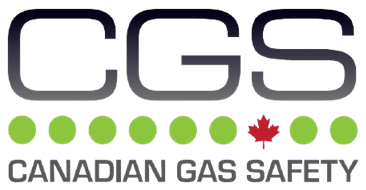Carbon monoxide (CO) poisoning, resulting from the incomplete combustion of carbon-containing substances, represents a significant public health challenge in Canada. Despite its preventable nature, CO poisoning continues to strain healthcare systems, resulting in emergency department visits, hospitalizations, and fatalities.
According to the Canadian Institute for Health Information (CIHI), approximately 3,500 Canadians present to emergency departments annually due to unintentional CO exposure, with around 300 requiring hospitalization. The Public Health Agency of Canada reports that CO poisoning leads to 50 to 60 deaths each year. These figures highlight the seriousness of the issue, but the true scope is likely underestimated due to the lack of a comprehensive CO surveillance system.
Studies have shown that the symptoms of CO poisoning, such as headaches, dizziness, and nausea, often lead to misdiagnosis and underreporting. For instance, a study published in the Canadian Medical Association Journal (CMAJ) suggested that a significant number of CO poisoning cases might be missed, with estimates indicating that for every reported case, several more could go undetected.
One notable example of underreporting is evident in a study by the Ontario Poison Centre, which found that many cases of CO exposure were not captured in official statistics, suggesting that the actual incidence of CO poisoning is higher than reported. This discrepancy underscores the urgent need for improved surveillance mechanisms to accurately assess the burden of CO poisoning in Canada.
Recognizing the urgency of the situation, public health authorities are emphasizing the importance of monitoring and preventing CO poisoning. However, a comprehensive data source providing a holistic view of CO poisoning nationwide remains elusive.
Preventing CO poisoning requires a multi-faceted approach. Public education campaigns are crucial for raising awareness about the dangers of CO exposure and the importance of installing CO detectors in homes and businesses. Healthcare providers play a vital role in recognizing and promptly reporting suspected cases of CO poisoning. Enhancing surveillance methods and allocating dedicated resources are essential for tracking trends, identifying vulnerable populations, and informing evidence-based interventions.
For example, the BC Centre for Disease Control has implemented public health campaigns focusing on the proper maintenance of fuel-burning appliances and the importance of CO detectors. Similarly, the Alberta Health Services has developed educational programs targeting high-risk communities, which have successfully increased awareness and reduced the incidence of CO poisoning.
In conclusion, unintentional carbon monoxide poisoning poses a significant yet preventable threat to public health in Canada. Addressing surveillance gaps and implementing preventive strategies requires collaborative efforts among healthcare professionals, public health agencies, policymakers, and community stakeholders. By prioritizing CO poisoning prevention and intervention measures, we can mitigate its impact and save lives across the nation.
View the Canadian Gas Safety range of carbon monoxide detectors here, or contact your local representative for further information.

